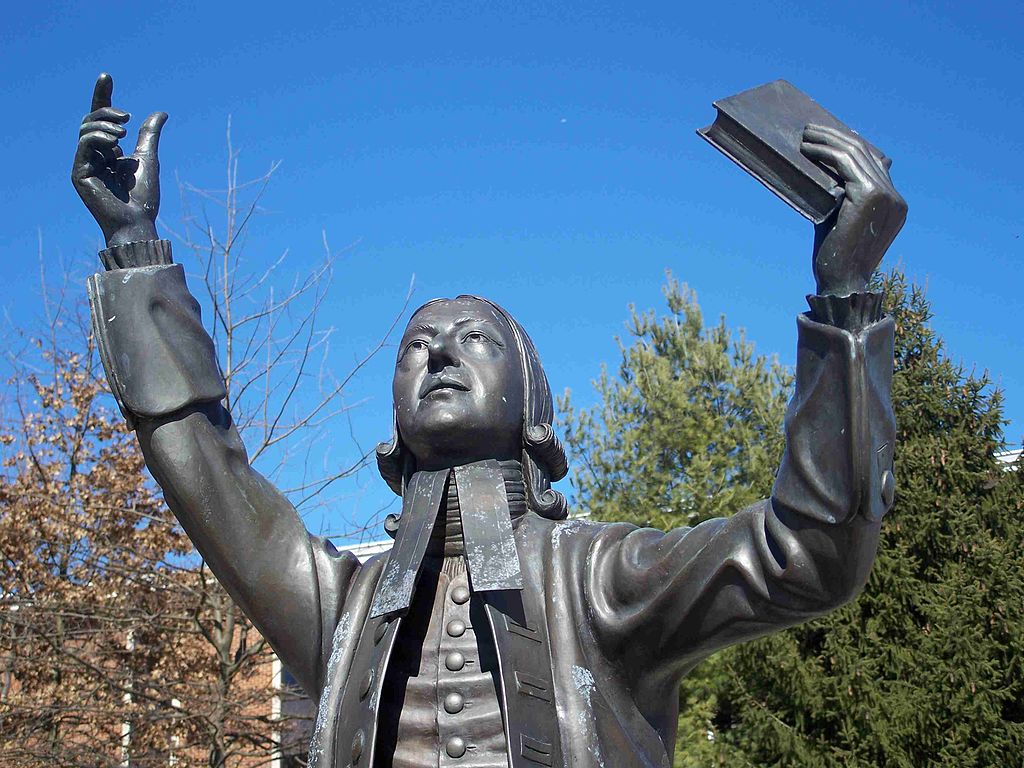Authentic Engagement: AI-Driven Chatbots for Higher Education
Explore how AI-driven chatbots enhance authentic student engagement without losing your human touch.
Marketing Strategies
Undergrad education marketing has a degree of beautiful simplicity. Graduate enrollment marketing isn’t quite so easy.
When it comes to undergrad enrollment marketing, schools have the luxury of buying lists to recruit students.
With all the data available to higher ed marketers through SAT and ACT scores, building a list of prospects is not all that difficult.
(Caveat here. While list building for undergrad enrollment marketing is easy, executing a successful search campaign is not so straightforward. But that’s for another post.)
Besides that, there’s an almost unlimited supply of students who wish to enter undergrad programs.
By the time you reach graduate and postgrad levels, that pool of prospects is drastically reduced.
Now the advantage you had with the sheer quantity of prospects disappears.
With graduate enrollment marketing, it’s all about quality, identifying prospective students with the proper mission-fit for your graduate program.

You may not be a seminary, or even a faith-based school.
But please don’t stop reading!
I believe this conversation with Kevin can really help anyone in postgrad enrollment once you understand just how challenging it has been for them and how much success they’ve had.
Asbury seminary only serves master’s and doctorate degrees among theological subjects.
Despite this highly focused program, they’ve seen steady enrollment growth over the last seven years.
Right now, they have approximately 1,800 students with 400 to 500 students matriculating each fall.
Many education marketers would love to see those kinds of numbers!
It’s a real struggle for us. Just because someone graduates from an undergraduate institution with a degree doesn’t mean they’re necessarily looking at theological education. In my prior life, when I was working in the undergraduate world, it was great to be able to buy a list and look at SAT scores and put different marketing programming together. But the challenge [in graduate enrollment marketing] is really trying to find [prospective students].
So without being able to quickly identify a large audience through purchasing lists, how does Kevin find mission-fit students for their grad program?
Denominational support is one way we [identify prospective students]. We work with a lot of different denominations. Matter of fact, Asbury serves around 88 different denominations. We work a lot with denomination leaders, [who] know and have their eye on certain individuals that are likely to come to seminary.
The other thing is our alumni base. You never want to overlook your alumni!
Here, we have over 10,000 alumni. For the most part, they loved their experience at Asbury. They are a huge resource, as we track references and referrals. Lot of times we’ll find that our alumni have played a key role in helping us identify future students.
Rather than focusing on faceless data, like SAT scores and lists, Kevin focuses on building relationships with other institutions where his prospective students are likely to be.
These strategic relationships provide highly qualified leads for Kevin and his team to cultivate.
To apply that to other higher ed marketers in postgraduate institutions, I recommend building relationships with other organizations that naturally attract the kind of student you’re looking for.

Source: Wikimedia Commons – Statue of John Wesley, which is located in Wesley Square at Asbury Theological Seminary in Wilmore, Kentucky.
Perhaps you won’t work with denominations, but there are other strategic relationships that could be helpful to identify mission-fit students for your school.
Teachers associations, for example, could be useful in identifying candidates for educational graduate studies.
Nursing associations could be a profitable relationship for you if you are a medical or nursing school.
And of course, every graduate enrollment marketing program can leverage its relationships with key alumni.
What Kevin does through these strategic collaborations is all about finding the watering holes where his target audience already gathers.
Instead of wandering around the savannah, he goes to where there are high concentrations of his prospects where he’ll have more chances of finding mission-fit students for his program.
Read more on this important strategy here.
I’ve used the term “mission-fit” several times in this post.
I use the term to describe the kind of student who shares the same mission, values, and desires that your institution has.
One reason Kevin has been successful in graduate enrollment marketing is because his team takes the time to get to know the prospective students to see if they are “mission-fit” for Asbury Seminary.
In seminary terms, that means the student has a deep sense of calling to the ministry.
When I started at the institution, we found out very quickly that [prospective students] were struggling [with discerning] their call to the ministry. They’re still trying to figure it out. So, if we could [help them] answer their calling component, then we could overcome a lot of the obstacles that would prevent them from coming to the seminary.
So we [created] a form of a missional enrollment. We talked about the ideal student, just really trying to identify what we think are the attributes and characteristics of a student that would thrive at the institution.
Finding mission-fit students is the goal of successful graduate enrollment marketing.
Graduate studies are difficult and expensive.
The more a student is dedicated to the same mission you are, the more likely they’ll last through the program.
Initially, “missional enrollment” takes strategic thought to identify the right kind of student for your program.
Afterwards, you’ll have to put in the time it takes to help your prospective student clarify their personal mission (or “calling”) and see if it matches with yours.
It doesn’t do us any good to bring in students who’re going to struggle with who we are [and what we] want [as an institution].
So, we tried to do a lot of stuff with [missional clarification] up front. Our roaming advisors are recruiters, but they also continue as their academic advisor. That way, we eliminate one of those handoffs that usually happens in the traditional model where the recruiter goes out on the road and meets with the prospect, and then they turn them over to the academic advisor.
That’s an odd handoff! The recruiter knows everything about them. The advisor knows only a little bit about them, but not enough to really make that connection. So, we’ve eliminated that awkward handoff [by making the] recruiter and the advisor the same individual.
What we’ve seen is a much higher retention rate, especially past those first initial 15 hours. It’s all because of the connection, the relationship.
Not only does spending this kind of time help you in graduate enrollment marketing, it helps the student find the right place for them.
Morally, we should feel an obligation to not only bring students into our programs, but to help them make it through the program as well.
Student success is institutional success!
Like all of our blog post reviews of The Higher Ed Marketer podcasts, there’s so much more to learn in the podcasts themselves.
Listen to our interview with Kevin Bish to get even more insights into:
You’re in luck! We’ve curated 25 awesome ideas inspired by top higher ed institutions across the country and put them in one handy guide: 25 Ideas for Great Admissions Content.
 In this popular resource from Caylor Solutions, you’ll get…
In this popular resource from Caylor Solutions, you’ll get…
Get inspired.
Get enrollment results.
Get 25 Ideas for Great Admissions Content.
Download your copy today!
Featured image via asburyseminary.edu
Subscribe to The Higher Ed Marketer podcast today!